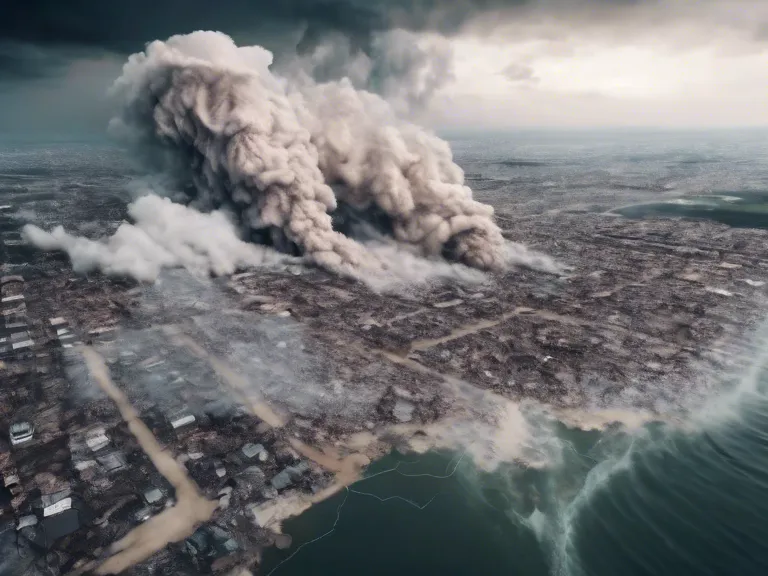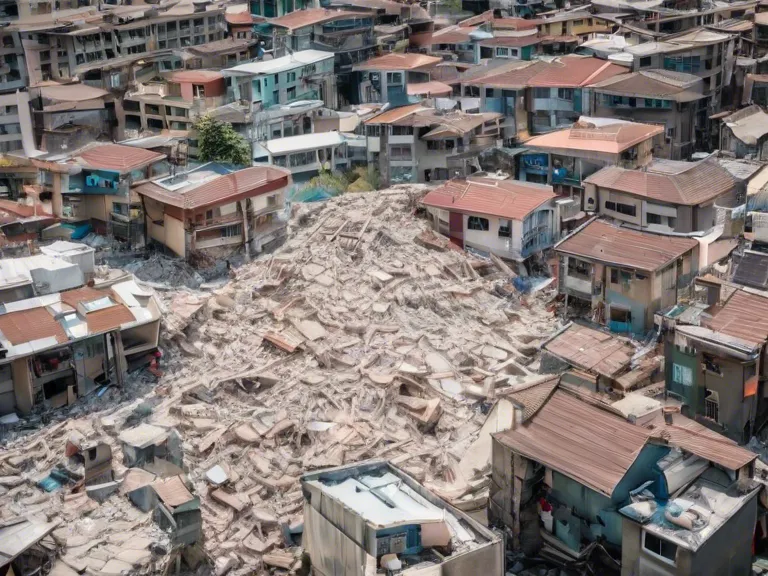
AI-Driven Solutions for Natural Disaster Prediction and Response
Natural disasters can strike at any moment, causing widespread devastation and loss of life. With the increasing frequency and intensity of these catastrophic events, it is more important than ever to leverage advanced technologies like Artificial Intelligence (AI) to predict and respond to natural disasters effectively.
AI has the potential to revolutionize the way we approach disaster management. By analyzing vast amounts of data from various sources such as satellite imagery, weather patterns, and historical records, AI algorithms can provide accurate predictions of when and where a natural disaster is likely to occur. This early warning system can help authorities and communities prepare and evacuate in advance, saving countless lives.
Moreover, AI can also assist in the response phase of a natural disaster. By analyzing real-time data and feedback from sensors and drones, AI algorithms can help emergency responders prioritize their efforts, allocate resources efficiently, and coordinate rescue operations more effectively. This can significantly reduce response times and improve overall outcomes in disaster-stricken areas.
One such example of AI-driven solutions for natural disaster prediction and response is the use of machine learning algorithms to forecast the path of hurricanes and cyclones. By analyzing historical data on similar storms and current atmospheric conditions, AI can predict the trajectory of a storm with incredible accuracy, giving authorities more time to prepare and plan evacuation measures.
In conclusion, AI-driven solutions hold great promise in enhancing our ability to predict and respond to natural disasters. By harnessing the power of AI technologies, we can minimize the impact of these catastrophic events and save lives. It is imperative that governments, organizations, and communities invest in AI-driven solutions to ensure a more resilient and prepared future in the face of natural disasters.



